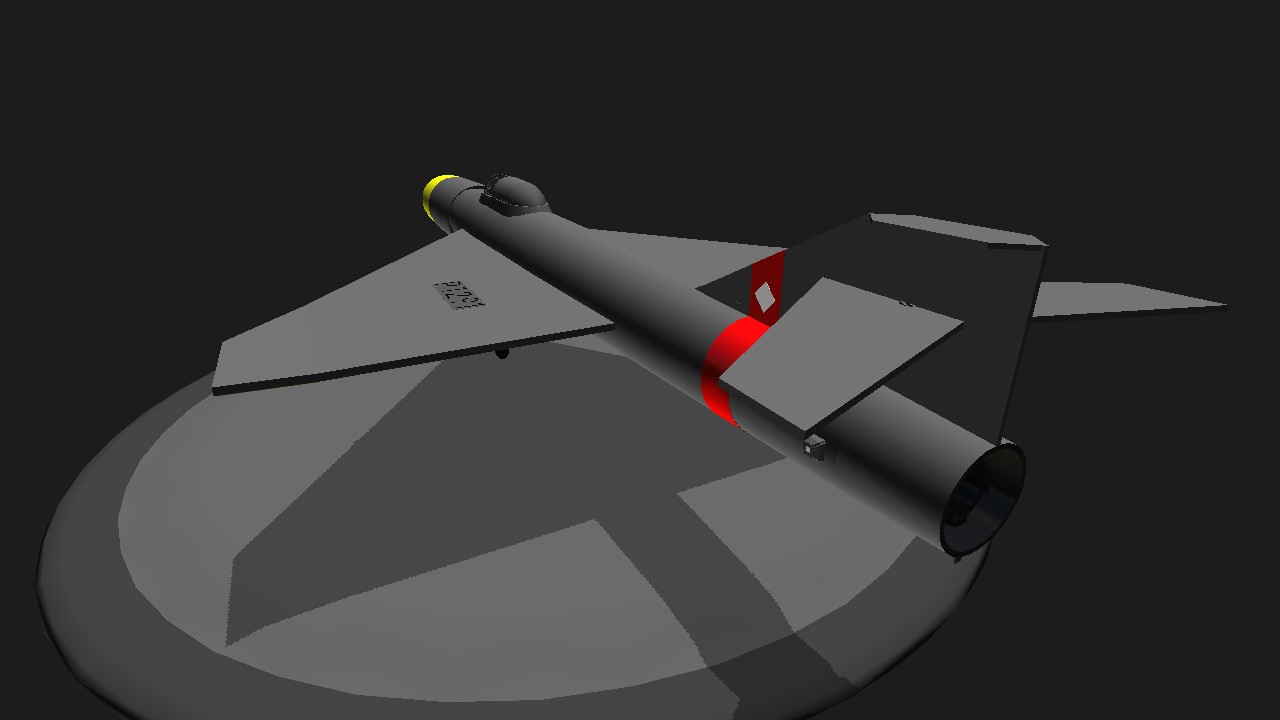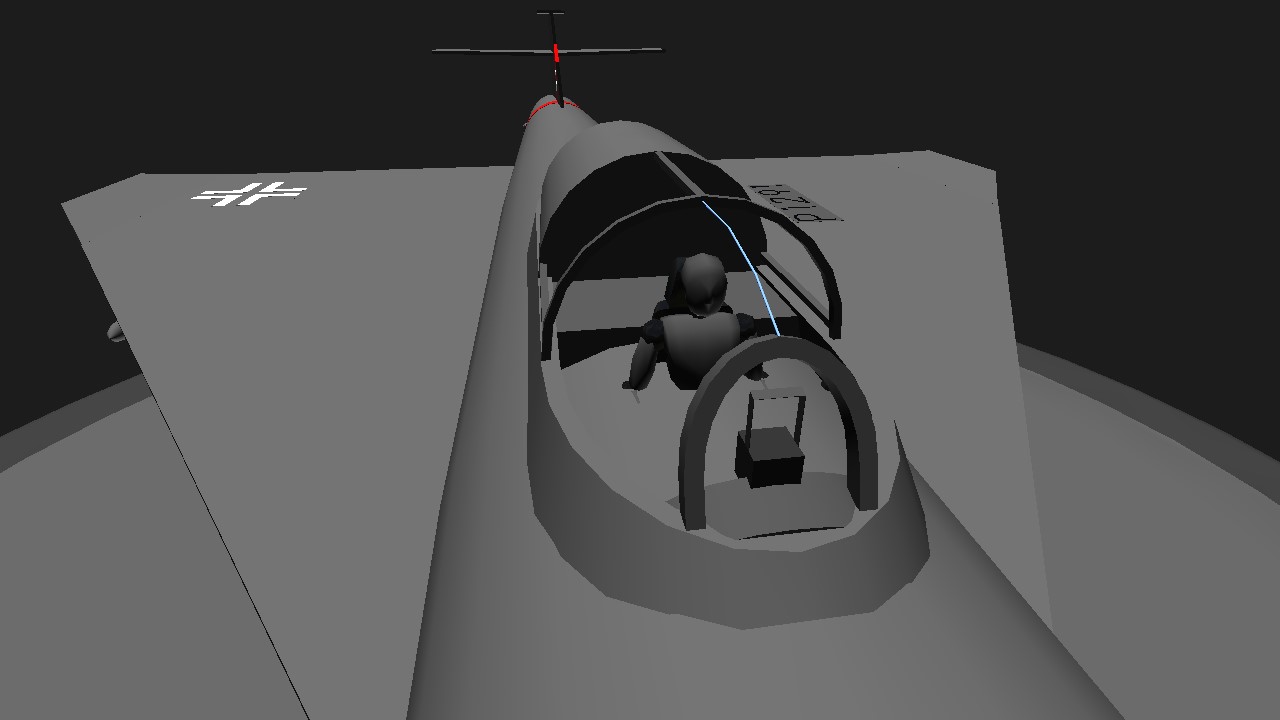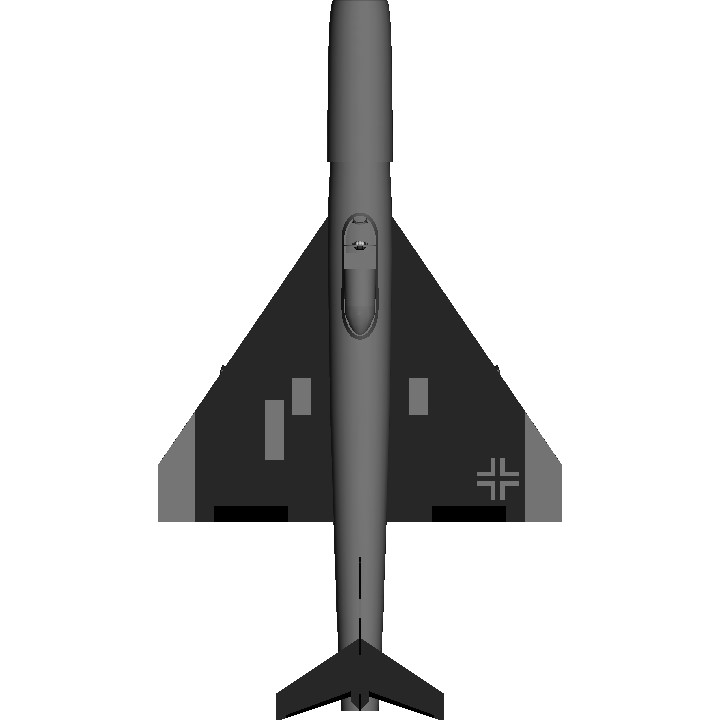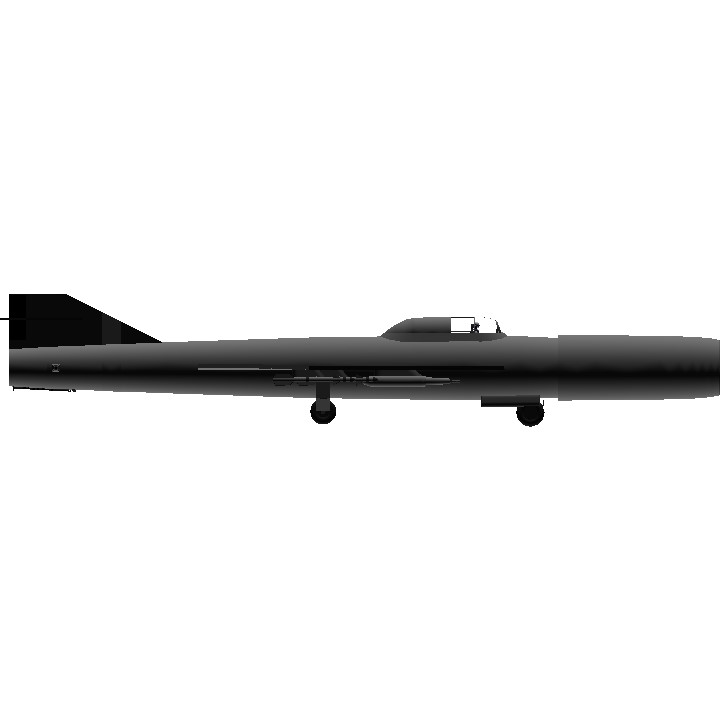Daimler-Benz design
109-050 Daimler-Benz/Heinkel turbojet engine (~6000lbf/2721kg)
2 Mk 103 30mm gun pods
4 X-9 Air-to-Air(Ground) missiles
Semi-carrier based fighter
~1225mph at 15k ft
By late 1961, the Luftwaffe had seriously exhausted the usefullness of their Arado-Messerschmitt series of aircraft, with the latest K-6 variant providing only marginal improvements over the last two variants.
The RLM, having enough of reusing the same decade-old and outdated design called upon a new competition for major aircraft designers; a new supersonic jet fighter that took advantage of the newest super turboJet engine collaboratively designed by Daimler-Benz and Heinkel, as well as new advancements of airframe and airfoil designs that spurred from experimental Ar 217 designs.
Messerschmitt, Focke-Wulf, Arado, and Henschel were offered contracts for the competition, but various other companies and individuals of note offered designs for the RLM.
One of the most notable designs entered was from Daimler-Benz, offering a large and imposing, jet mildly unusual fighter jet design.
The new design took advantage of a delta wing-shaped primary airfoil, with swept horizontal stabilizers raised above the primary wings. The design was wind tunnel tested at scale by Daimler Benz, and proved to be a stable design at subsonic and supersonic speeds.
The engine mounted, Daimler-Benz's own 109-050 DB/H Turbojet engine was estimated to propel the aircraft to upwards of 1,997 kilometers per hour, but considering the aircraft design that won the competition had an estimated speed of around 1,500 kilometers per hour with a lighter and smaller airframe, it's debatable if it could actually reach these speeds.
Daimler-Benz didn't include any sort of armament in their blueprint for the aircraft, but it was assumed two 30mm gunpods would be mounted near the forward wing root, near the cockpit.
Additionally, it's likely four X-9 Air-to-air missiles would of been mounted under the primary wings, much like the gunpods.
With the competition coming to a close mid 1963, Daimler-Benz's design was ultimately not chosen, in favor of Focke-Wulf's lighter and cheaper design.
While the design Daimler-Benz provided didn't win the competition it was intended, it did provide valuable experience for the company when Focke-Wulf's design proved to be unsatisfactory in field testing, and an alternate was requested by the RLM from various other companies that provided designs early 1965.
Specifications
General Characteristics
- Predecessor DB P.1291
- Successors 1 airplane(s)
- Created On Android
- Wingspan 35.6ft (10.9m)
- Length 63.5ft (19.4m)
- Height 11.9ft (3.6m)
- Empty Weight 18,771lbs (8,514kg)
- Loaded Weight 22,308lbs (10,118kg)
Performance
- Power/Weight Ratio 0.503
- Horse Power/Weight Ratio 0.044
- Wing Loading 38.4lbs/ft2 (187.6kg/m2)
- Wing Area 580.6ft2 (53.9m2)
- Drag Points 4732
Parts
- Number of Parts 230
- Control Surfaces 5
- Performance Cost 930






